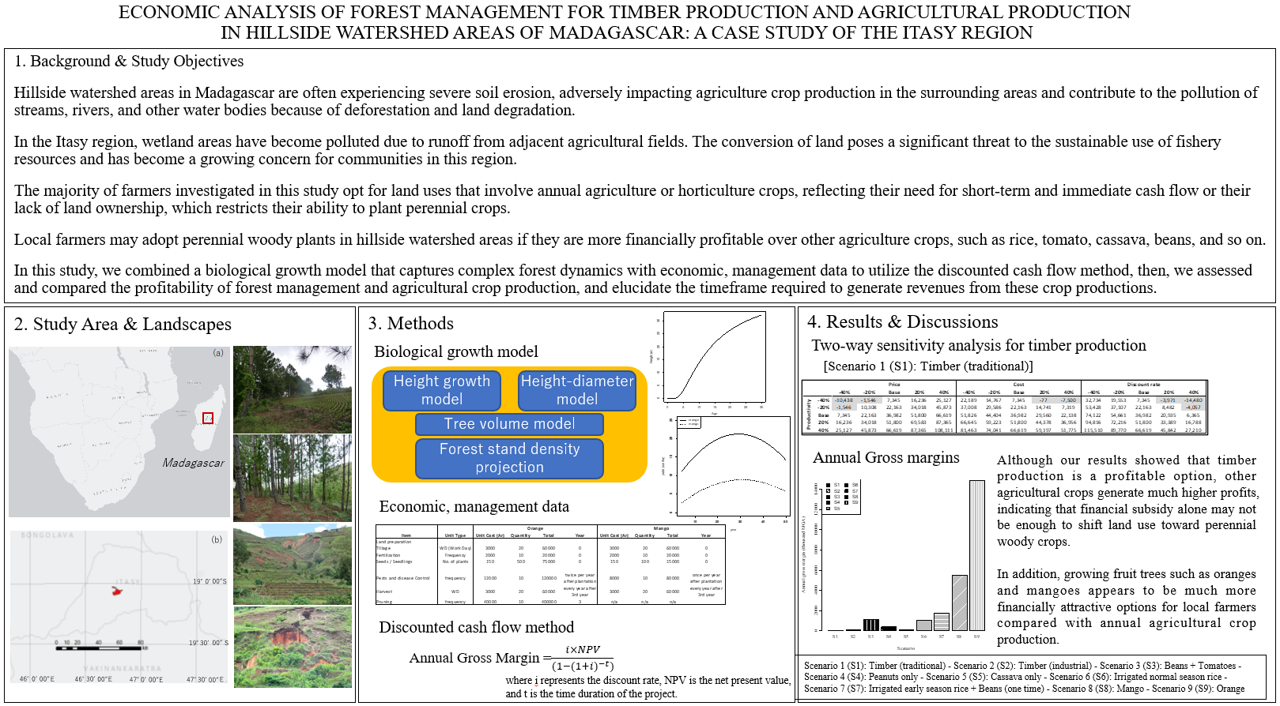Abstract
A comparative study of the effect of 3 main types of land use (systems) on soil erosion levels was carried out in a traditionally farmed lowland forested region of Morobe Province, Papua New Guinea. Nine erosion plots were
built at 3 sites at almost the same altitudinal level, area corrections were done to eliminate the effect of varying
slopes. Volumes of runoff, sediments concentration, and soil main nutrients collected within the plots were measured on a weekly basis. The parameters measured were closely depended on rainfall amounts along the time. Significant differences were found among them, explained mainly by land cover types and their soil particularities such as infiltration rates, bulk density, and texture. Even though forest and grassland systems proved to be more effective in controlling soil losses, their areas were rapidly been converted into croplands, raising concerns for the sustainability and improvement of land use planning in the region.

